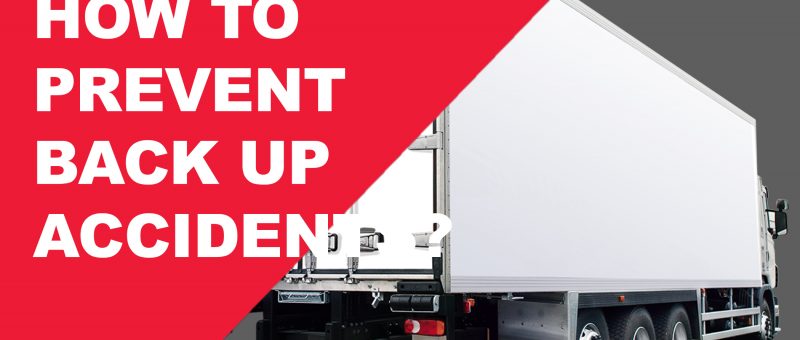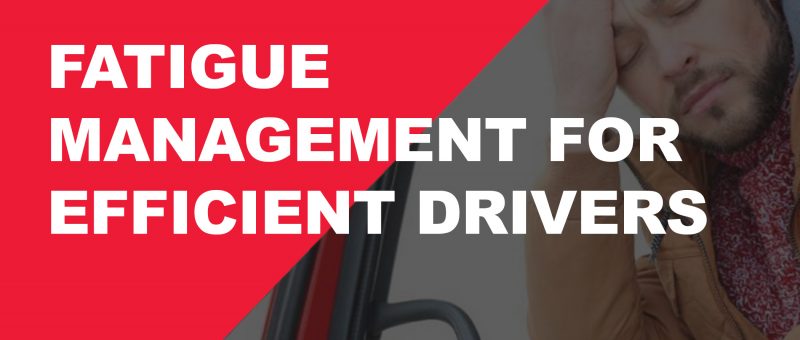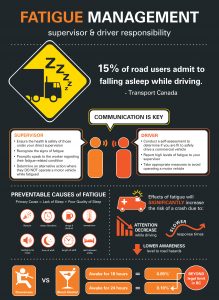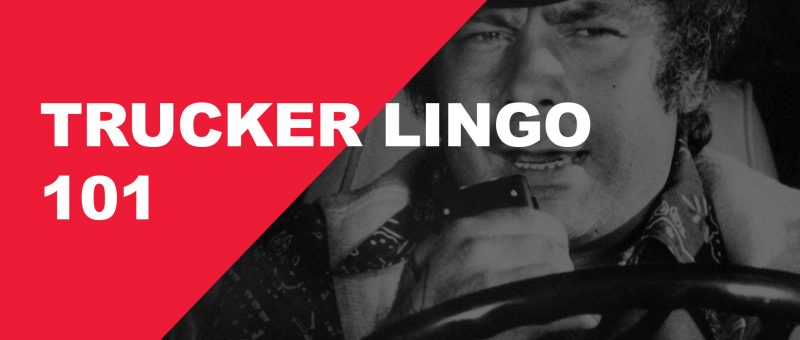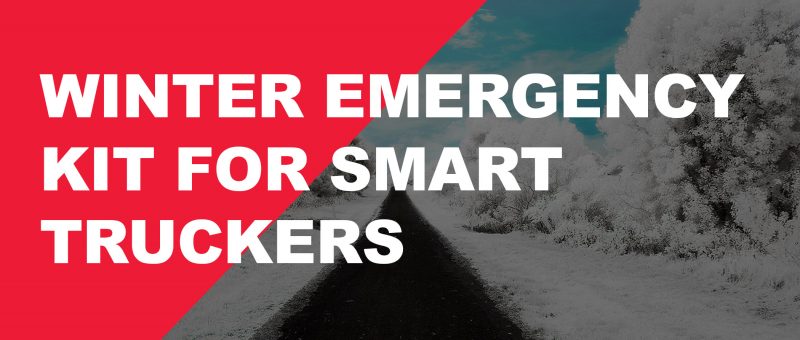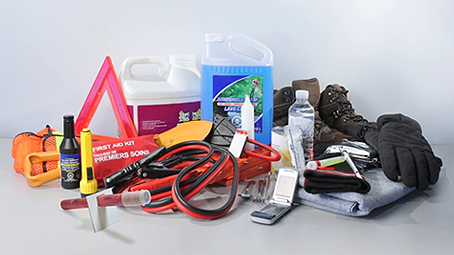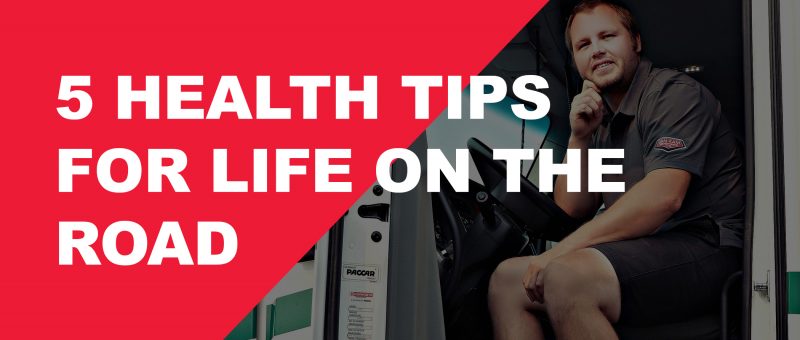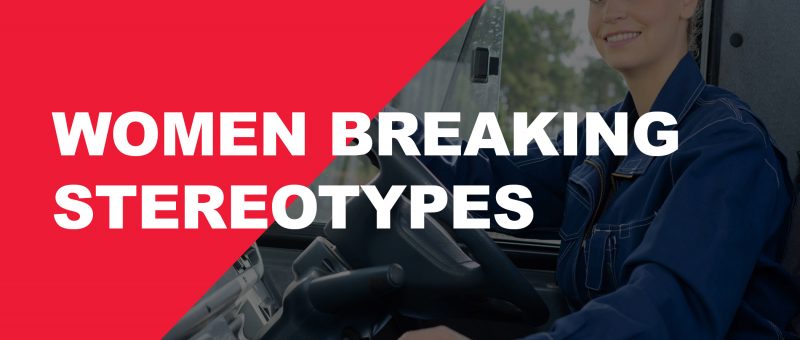You always see them on the roads and highways throughout our province. You might have even seen them at the loading docks at your company’s warehouse, but have you ever had the chance to meet a truck driver and have a conversation with one? Take it from us; there are many interesting personalities and stories that you’d only get to hear from a truck driver!
Meet Frank Pelle, one of our hardworking linehaul drivers operating from our Kamloops freight service center who’s also a published poet… yes, we said poet! Read more below.
33 Years of Trucking
Frank joined Van Kam Freightways Ltd. over 13 years ago, and according to him, it’s been a delight ever since. Before Van Kam, his actual trucking career started in the 80s as a swamper at a moving company before joining a union and getting his Class 1. “It’s been more than 33 years now! I’ve been through a lot of winters, a lot of miles through BC and Alberta, battling some very wicked snowstorms, but I see it all as a welcome challenge,” he said.
Frank quickly adds, “This is what I love to do. Driving trucks and getting out there, meeting diverse people, and seeing the entire country in a way only truckers are privileged to do.”
Family is Everything
While Van Kam linehaul drivers receive a consistent “home-time” schedule for improved work-life balance, the unique demand of being a truck driver still means they really value their personal time.

“The nature of my job requires me to be on the roads and highways, but whenever I’m off, I spend time with my family and kids, and though they are older now, I make sure to see them often,” he said. “On some weekends, I meet up with friends, and we go fishing – nothing like a fresh trout filled with lemons, garlic, and butter,” he added.
On the Write Path
When asked about his hobbies and interests, Frank says his number one hobby is writing. “I’m always writing with my notebook: poems, songs, thoughts, and some of my life experiences. I have even managed to put together a book of poems which was recently published,” he said. That’s right; our very own Frank Pelle is a published author of the book titled “A Poetry Gift,” which is available online at www.books.friesenpress.com/store and will be in bookstores near you soon. Be sure to keep an eye out for it!

Driving for Van Kam
“I have worked with Van Kam for over 13 years, and one thing I am glad about is the work-life balance. I’m home every night and have the weekends off!” says Frank. “We also receive new trucks every few years, and along with other new freight equipment, I can perform my duties with a high level of comfort & enjoyment. The management is fantastic, and it feels terrific to be in a place that cares for its people.”
“I like working here, there is a sense of brotherhood amongst the drivers, and the linehaul staff are also fantastic. They make what I do a lot easier,” he said.
Advice for Other Truckers
When asked if he had the opportunity to give a piece of advice to other truckers, Frank’s advice can sum up to two words – stay calm. “The ability to remain calm, professional and courteous is better for your health and goes a long way for you and the company you work for.”
That’s some sage advice there, Frank!
We Tip Our Hats
Like many other linehaul truck drivers across this country, Frank is on the roads and highways, delivering freight to communities every week. With drivers like him, product supply chains run smoothly, store shelves remain stocked, businesses remain open, and citizens within communities can live their lives with minimal interruption. We gratefully tip our hats to these drivers’ service and dedication, especially to our “trucker-poet”!
Want to drive for Van Kam? Van Kam offers a $10,000 conditional signing bonus for various linehaul driving positions. We also have industry-leading wages and an exceptional benefits package! Visit www.driveforvankam.com for more info.

